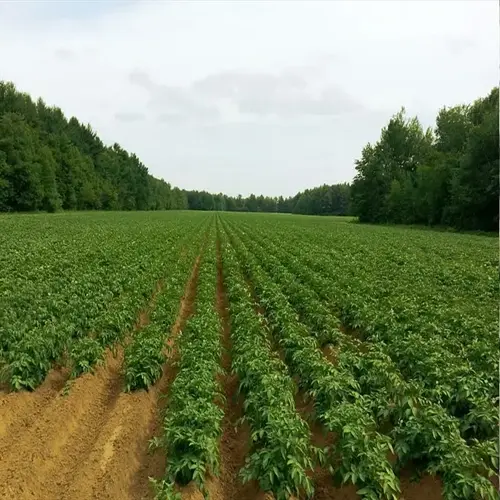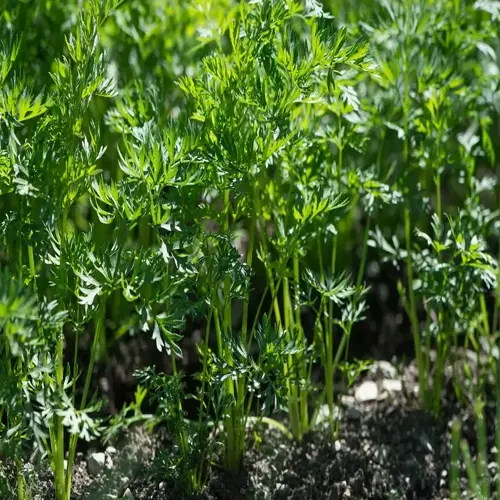Why do native shrubs perform better?

Written by
Michael Sullivan
Reviewed by
Prof. Martin Thorne, Ph.D.Native shrubs always *outperform non-native species* because those plants have co-evolved with local conditions over eons. Their genetic programming aligns perfectly with climate patterns, soil types, and ecosystems found in that region. So, naturally, they require less work from gardeners and can produce more robust plants. My native viburnums flourish with little disturbance, but my imported varieties do poorly.
Ecosystem Integration
- Provide food sources for local bird species
- Host specific butterfly and moth larvae
- Support native soil microbiology networks
Resource Efficiency
- Thrive without soil amendments or fertilizers
- Require 50-70% less water after establishment
- Grow without chemical pest controls
Climate Resilience
- Withstand local drought cycles naturally
- Recover quickly from extreme weather events
- Tolerate native temperature ranges perfectly
Pest resistance is a built-in characteristic of native shrubs. They evolved with local insects and developed actual defenses. My New Jersey tea shrubs are resistant to Japanese beetles, which are known to destroy non-native plants. Therefore, pesticide-free and healthier ecosystems for all. Non-native imports lack these co-evolved defenses.
Native shrubs align beautifully with regional water cycles. Their roots reach just the right depth for seasonal moisture. During last year's drought, my native witch hazel flourished, while hydrangeas morphed into wilted, palm-like fronds. They tap into deep water sources that non-natives cannot reach.
Pollinator relationships exemplify perfect timing in nature. Native shrubs bloom when native bees and butterflies require nectar the most. For example, my spicebush is specifically attractive to swallowtail caterpillars. Imported plants typically bloom at the wrong time, providing minimal ecological value.
Adapting soil removes the requirement for amendments. Native shrubs and trees grow well in local pH, soil structure, and composition. My clay- or heavy-soil-loving dogwoods don't grow well in amended beds, as they will in native soil, where they can access nutrients that were sequestered and unavailable to the other plantings that did not tolerate the site conditions.
Temperature resilience is seen with winter survival rates. Native shrubs survive local cold snaps unprotected. Following a -15°F winter, my native junipers were windshield-ready, while the boxwoods were brown. Their cellular chemistry corresponds to the extremes of their native climate.
Read the full article: When to Plant Shrubs: Complete Guide

